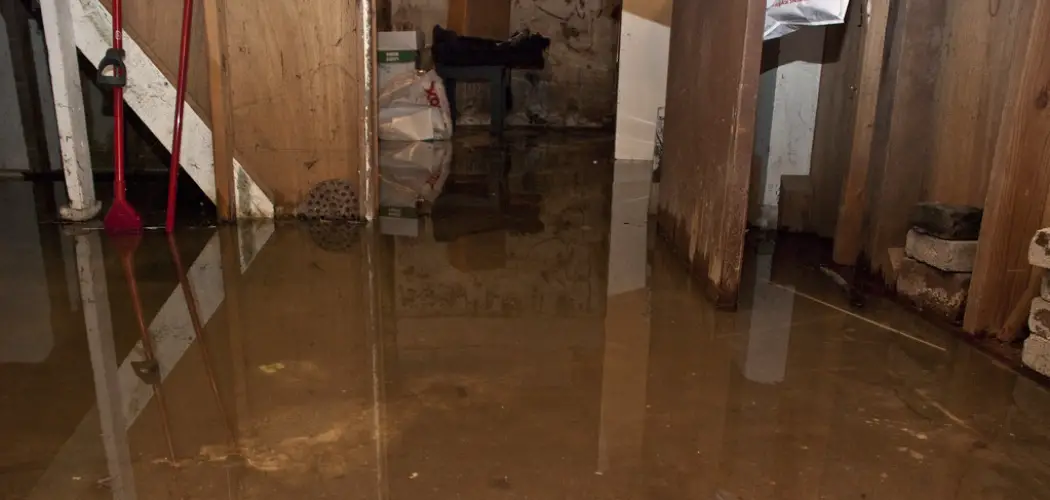As homeowners, the prospect of a flooded basement can instill a sense of dread, with potential damage to valuables and the structural integrity of the home. Fortunately, preventing basement flooding is a proactive endeavor that involves a combination of awareness and strategic measures.
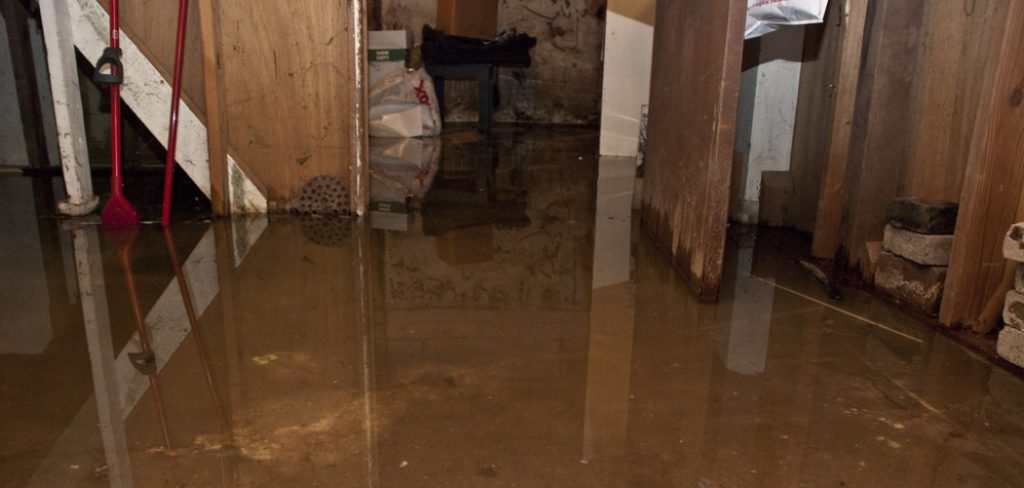
From effective landscaping practices to robust waterproofing systems, the arsenal of tools available to homeowners is diverse. In this guide, we delve into how to avoid flooding in basement.
From inspecting and maintaining your foundation to installing sump pumps and implementing proper drainage solutions, understanding how to avoid basement flooding can be the key to maintaining a dry and secure lower level of your home. By adopting these preventive measures, homeowners can fortify their properties against the menace of basement floods and mitigate potential risks, ensuring a more secure and comfortable living environment.
Importance of Preventing Basement Flooding
Flooding in basements is a major issue that can cause significant damage to homes and property. It occurs when water enters the basement due to heavy rainfall, melting snow, or other natural causes. This can lead to structural damage, mold growth, and loss of personal belongings.
In addition to the financial impact, basement flooding also poses health risks as it can create an environment for bacteria and mold to thrive. These can cause respiratory problems, allergies, and other health issues.
Protect Your Property
One of the main reasons to prevent basement flooding is to protect your property from damage. Water in the basement can damage walls, floors, furniture, appliances, and other personal belongings. It can also weaken the foundation of your home, leading to structural issues.
Maintain Home Value
Basement flooding can significantly decrease the value of your home. Even if you repair any damage, potential buyers may still be wary of purchasing a property that has a history of flooding. This can make it difficult to sell your home and could also result in lower offers.
Avoid Health Hazards
As mentioned earlier, basement flooding can lead to mold and bacteria growth. These can cause respiratory issues, allergies, and other health problems for you and your family. Mold can also be difficult and costly to remove once it begins to grow.
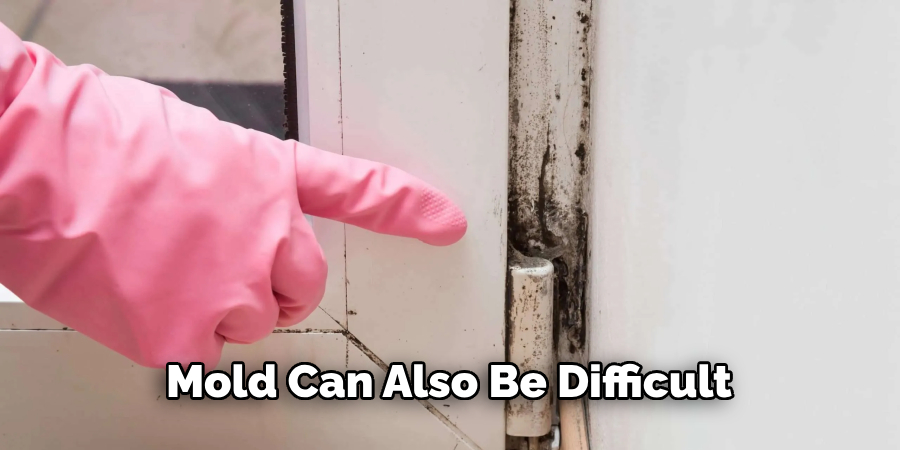
Save Money on Insurance
Basement flooding can increase the cost of homeowner’s insurance, as it is considered a high-risk issue. In some cases, insurance companies may even refuse to provide coverage or charge higher premiums for homes with a history of basement flooding.
10 Methods How to Avoid Flooding in Basement
1. Install a Sump Pump
A sump pump is a device that is installed in the basement to help pump out any water that accumulates in the area. It works by collecting the water from the floor and then pumping it outside of the house, away from any potential flooding areas. This is an effective way to prevent flooding in your basement and can be installed relatively easily by a professional.
2. Install a Backwater Valve
A backwater valve is another device that can be installed in your basement to help prevent flooding. This device prevents sewage from backing up into your home, which can lead to serious flooding issues. The valve will only allow water to flow one way, so any excess water will be diverted away from your home and towards an appropriate drainage system.
3. Check Gutters and Downspouts Regularly
It’s important to regularly check gutters and downspouts for any blockages or clogs that could lead to water overflowing onto your property or even into your basement. Make sure all gutters and downspouts are free of debris, leaves, sticks, etc., so that they can effectively divert rainwater away from your home.
4. Grade Your Property Properly
Proper grading of your property is essential for preventing flooding in your basement as it ensures that rainwater flows away from the foundation of your home instead of towards it. Make sure there are no low-lying areas on your property where water can accumulate and cause damage to your foundation or seep into your basement.
5. Repair Cracks in Foundation Walls
Cracks in foundation walls can be caused by soil shifting around the foundation due to changes in moisture levels or other factors such as tree roots growing too close to the foundation wall itself.

These cracks should be repaired immediately as they can allow water to enter into the basement, leading to potential flooding problems if left unchecked for too long.
6. Install Window Well Covers
Window well covers should also be installed as this helps keep out debris such as leaves or twigs, which could potentially clog up window wells and cause them to overflow during heavy rains or snow melt periods when there is a lot of runoff on your property. Window well covers also help protect against animals entering through open window wells, which could lead to further damage inside the home itself if left unchecked for too long.
7. Clean Your Eavestroughs Regularly
Eavestroughs are designed to collect rainwater running off of roofs and divert it away from foundations but they need regular cleaning in order for them work properly otherwise, they become clogged with debris such as leaves or twigs, which can prevent them from working correctly, causing rainwater overflow onto properties leading potential flood damages if not taken care off properly.
8. Install French Drains
French drains are underground trenches filled with gravel that are used for diverting surface runoff away from buildings and foundations, helping reduce the chances of flooding due its ability to absorb large quantities of surface runoff before it reaches building foundations, thus reducing the chances of flooding inside homes.
9. Use Rain Barrels
Rain barrels are great tools for collecting rainwater runoff during wet seasons allowing homeowners to store extra amounts for use later on during the dry season when there isn’t enough rainfall, thus reducing the chances of using municipal sources during times when these resources may not have enough supply due to high demand.
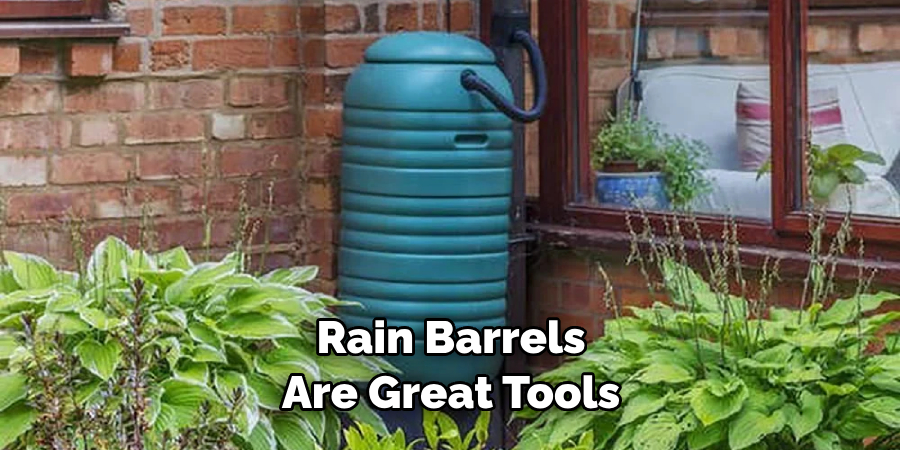
10. Plant Trees Nearby
Trees planted near homes provide many benefits, including providing shade, improving air quality, adding beauty, and, most importantly, helping reduce the chances of floods by absorbing large amounts of surface runoff before reaching building foundations, thus reducing the chances of floods inside homes.
Things to Consider When Dealing with Basement Flooding
When it comes to dealing with basement flooding, there are a number of important factors that you need to keep in mind. While some people may think that handling this issue is as simple as removing the water and drying out your basement, there are actually many other things that you need to consider in order to prevent future flooding and minimize damage. In this document, we’ll discuss some key considerations that you should keep in mind when dealing with basement flooding.
Understanding the Cause of Basement Flooding
The first step to effectively dealing with basement flooding is understanding what caused it in the first place. The most common cause of basement flooding is heavy rainfall or melting snow that leads to water seeping into your basement through cracks in the walls or foundation. However, there may be other factors at play such as poor drainage systems, malfunctioning sump pumps, or even plumbing issues. It’s important to determine the root cause of your basement flooding so that you can address it properly and prevent future incidents.
Assessing the Damage
Once you have identified the cause of your basement flooding, the next step is to assess the damage that has been done. This includes not only visible damage such as waterlogged furniture and flooring, but also potential structural damage that may have occurred due to prolonged exposure to moisture.
Proper Water Removal and Drying
Removing standing water from your basement is a crucial step in preventing further damage and mold growth. However, it’s not as simple as just using a mop and bucket. Proper water removal requires specialized equipment such as industrial-sized wet/dry vacuums and dehumidifiers to fully extract moisture from the area.
Preventative Measures
Dealing with basement flooding is not just about fixing the immediate issue, but also taking preventative measures to avoid future incidents. This may include waterproofing your basement, installing a sump pump, and making sure that your gutters and downspouts are properly directed away from your home’s foundation.
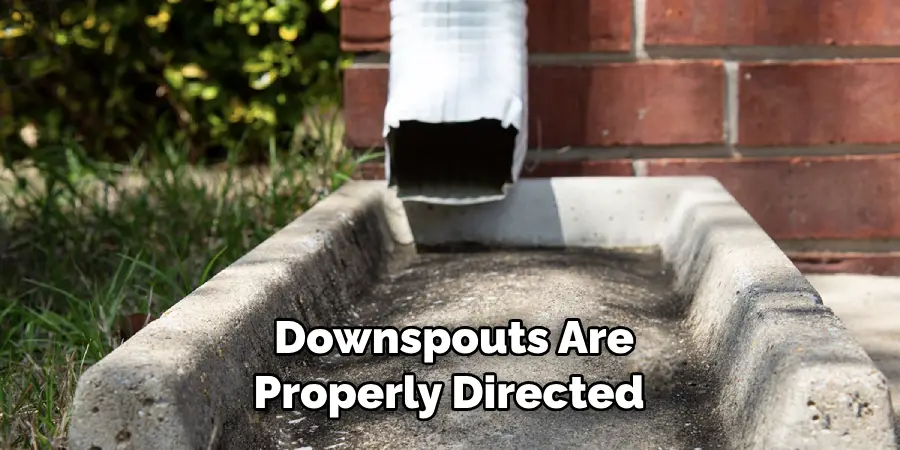
Conclusion
The bottom line is that preventing basement flooding requires vigilance and planning. Don’t ignore the warning signs, like musty smells or leaks in your walls. Check rain forecasts and be aware of coming storms. Install sump pumps if needed, and check them regularly to make sure they are working properly.
Clear gutters, keep trees trimmed back from your house, and be sure your ground slopes away from the foundation. Lastly, talk with your family about evacuation plans in case you do experience flooding so that everyone in the house is prepared for such a situation.
Taking these preventative measures will help protect your home from flooding – and give you peace of mind when it comes to how to avoid flooding in basement.

